Perimenopause nutrition in middle age becomes especially important as we are more susceptible to health conditions and concerns. Here’s why it matters and 5 things to consider with diet that can help offset the effects.
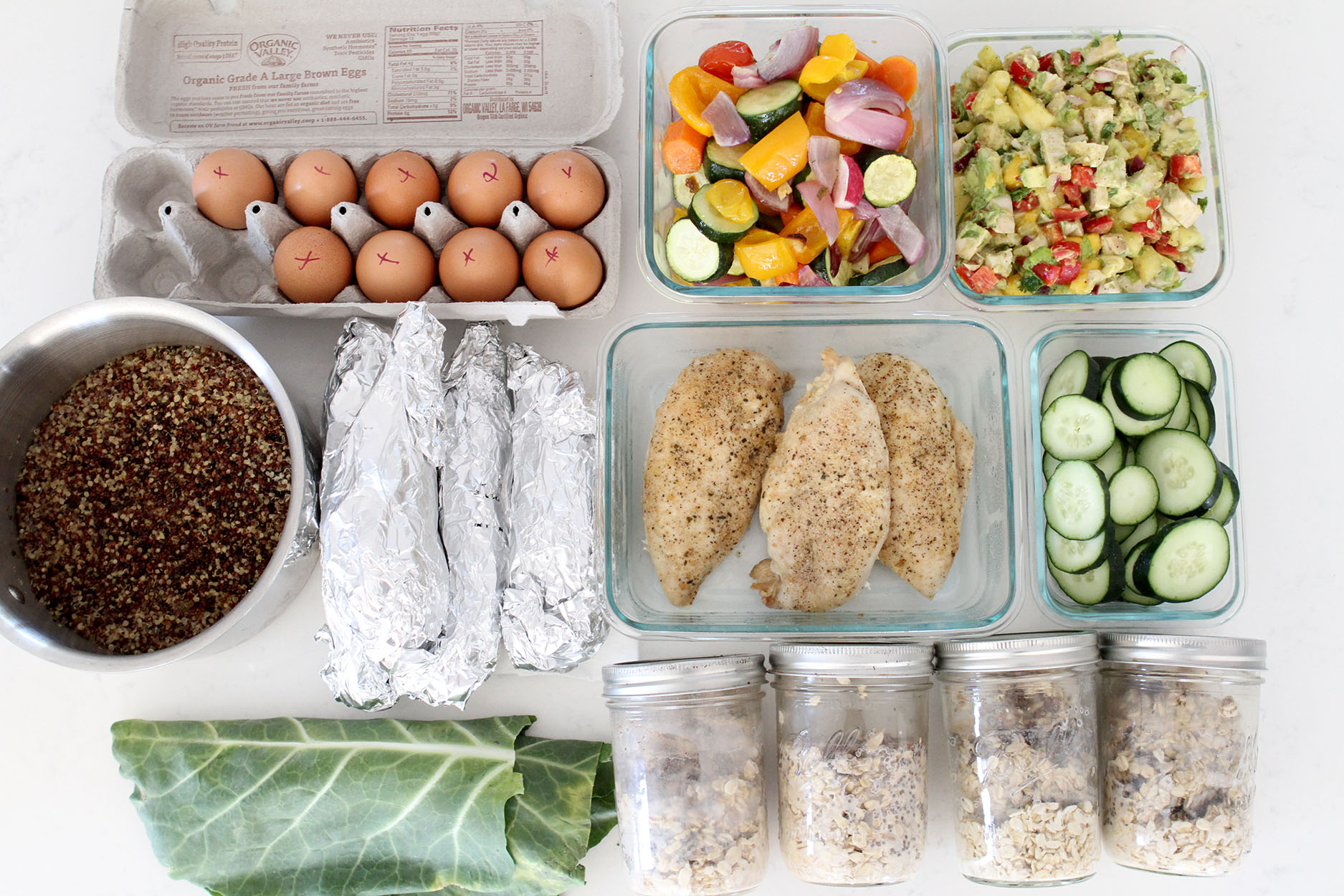
Losing the protective effects of estrogen leaves us more vulnerable to health conditions. These include heart disease, metabolic disorders, and osteoporosis. Not to mention the body composition changes. Take heart though. There are several proactive steps we can take with diet and lifestyle that have been proven to help offset the effects of menopause.
It’s important to note too, that these health concerns can creep up on us even if we don’t experience symptoms! Approximately 20%-25% of women experience very few or none of the usual symptoms, including hot flashes, mood disturbances, belly fat, etc. But our cholesterol levels and blood sugar can still be affected.
Therefore it’s important to still be mindful and aware of how our health can change. And maintaining a healthy weight is no longer just about aesthetics, but about our actual health.
While countless books have been written on this singular topic, no single blog post could ever possibly cover peri-menopause in the attention it deserves. But I will do my best below to cover just the basics, in simple and succinct detail.
Jump to:
Why perimenopause nutrition matters
- Heart disease is the leading cause of death for women, and those risk factors increase during the transition into and post-menopause.
- As estrogen decreases, women may become more resistant to the effects of insulin, increasing their risk of T2 diabetes.
- On average, visceral fat increases from 5%–8% of total body fat in the premenopausal state to 15%–20% of total body fat in the postmenopausal state and postmenopausal women have approximately five times the risk of central obesity compared to premenopausal women. Abdominal visceral fat is inflammatory and can put you at increased risk of CVD, diabetes and even some cancers including breast cancer.
- Middle age women begin to lose lean muscle mass, about 3%-8% each decade starting in their 30’s, which puts us at greater risk for metabolic disease, fractures and falls, and limited mobility.
- Women lose on average 10% of their bone density during the transition into menopause. And approximately half of women are losing bone even more rapidly, perhaps as much as 10%–20% in those 5–6 years around menopause. This applies to the 20% or so of women who don’t even experience symptoms.
- Overall, maintaining a healthy weight at the onset of the menopause transition has been shown to improve challenging menopause symptoms overall, including hot flashes.
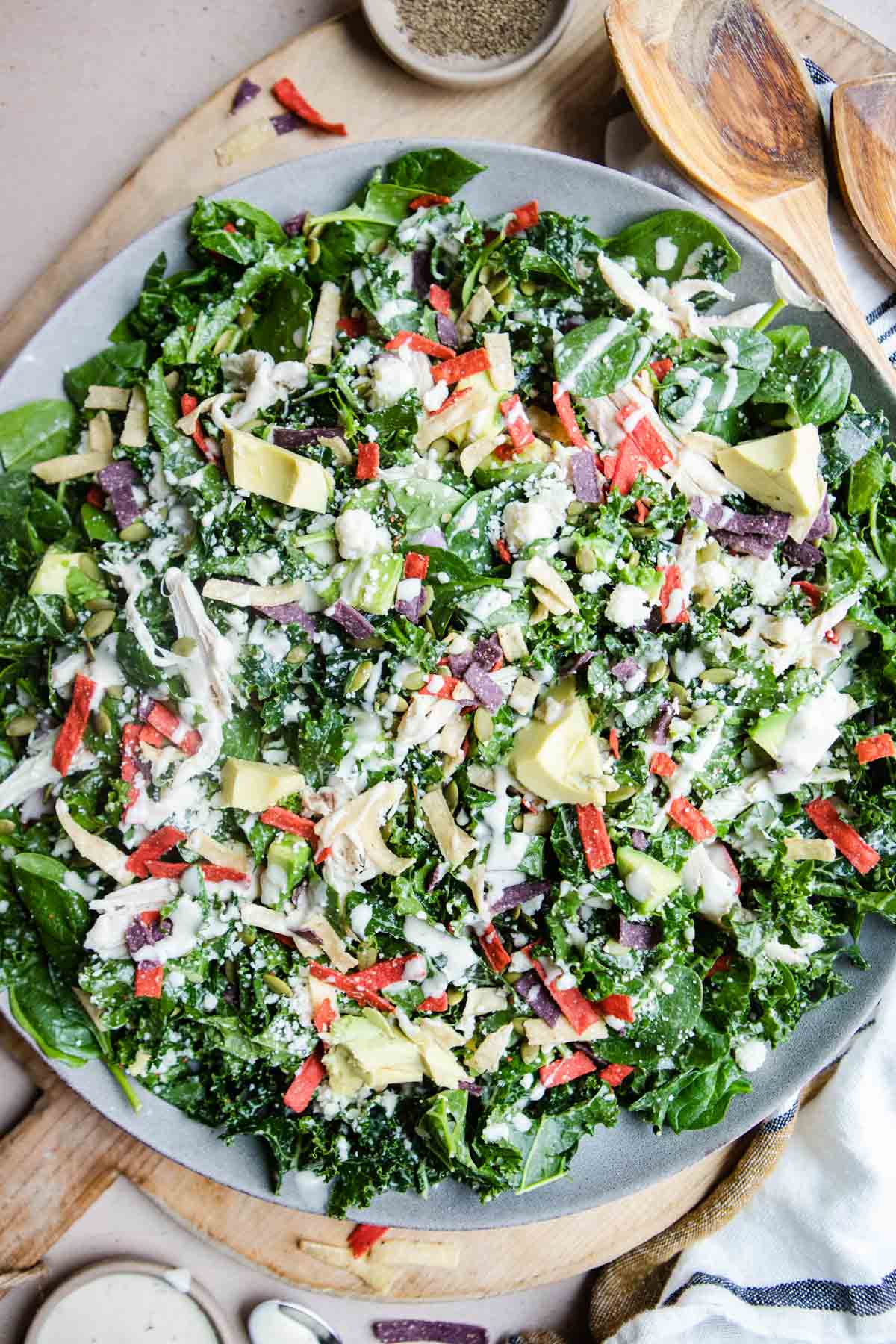
Because of these challenges, it’s more important than ever to fuel our bodies appropriately. High quality whole foods give us the best chance to tackle this phase of life. The suggestions below are all backed by data and can help counteract and offset some of the effects and symptoms of the menopause transition.
Note that there’s not a single food or diet hack that will reverse or stop this inevitable biological process. But you can, through diet and lifestyle shifts, make the transition a bit smoother.
Prioritize Protein
Sarcopenia is the loss of lean muscle mass. Prioritizing protein can help offset sarcopenia, and help women slow the loss or even gain lean muscle mass.
Getting adequate daily protein, at least 0.7 grams per pound of body weight each day, helps with muscle protein synthesis. It also helps us feel more feel, what is known as satiety, so that it can make it easier to adhere to a healthy and balanced diet.
Aim for at least 30 grams of protein at each meal, plus include a midday snack if desired, of at least 15 grams of protein. Feel free to increase to 1 gram per pound of body weight if you enjoy and can easily eat that much protein, however 0.7 grams should be adequate for the average woman, barring any special circumstances.
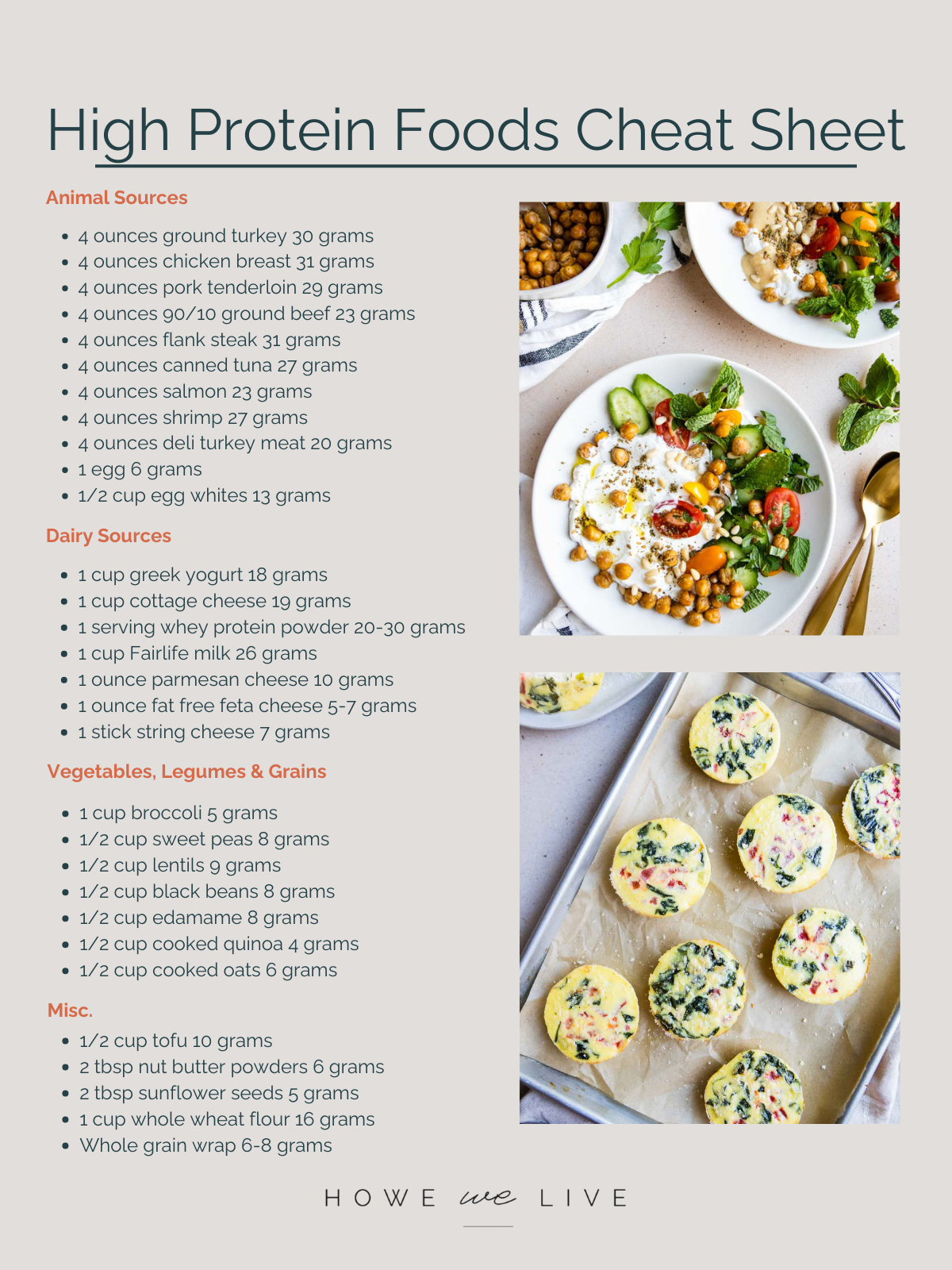
Try these high protein recipes:
- Savory Greek Yogurt Bowl
- Egg White Oatmeal
- Egg White Bites
- Healthy Baked Turkey Meatballs
- Buffalo Chicken Stuffed Bell Peppers
High Quality Fiber
Fiber has a host of wonderful benefits that are especially important in mid-life, and are often overlooked in our younger years. You can read in greater detail in my free Fiber Guide, but a basic rundown includes:
- It promotes gut health by acting as a prebiotic and feeding the good bacteria in our gut. This has positive benefits on our immune system and overall well-being.
- Fiber helps with satiety, meaning it helps you feel fuller longer in between meals. This can help with maintaining a healthy weight.
- It supports heart health by lowering cholesterol and reducing the risk of cardiovascular disease.
- Fiber can bind to sex hormone metabolites, aiding in their excretion. This can help maintain balanced sex hormones and reduce conditions like “estrogen dominance.”
- It also helps regulate blood sugar.
Aim for at least 25 gram of fiber per day, although some recommendations even go as far as stating a minimum of 35 grams.
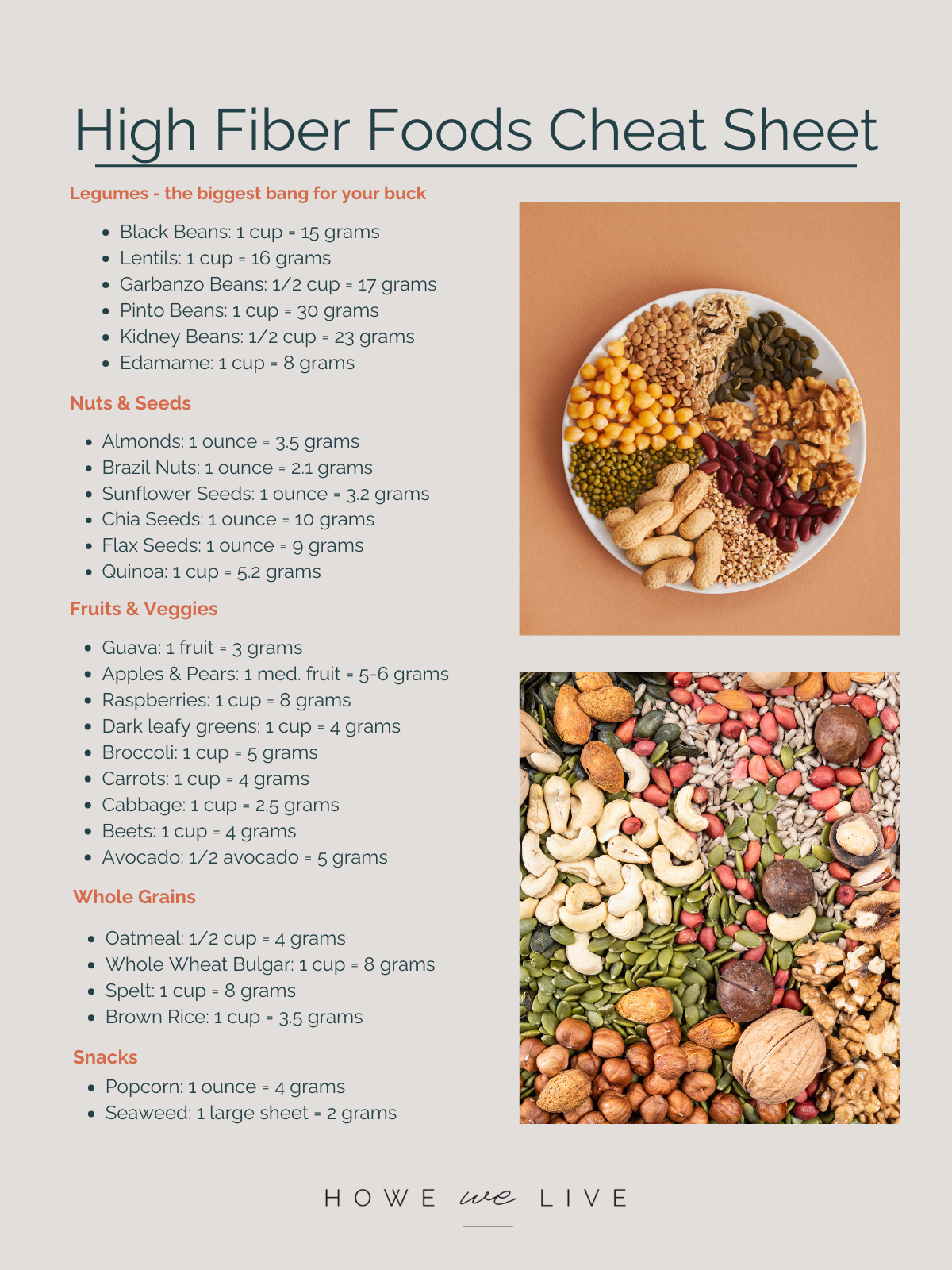
Try these high fiber recipes:
- Frozen Fruit Overnight Oats
- Bean Soup with Ground Turkey
- Quinoa and Sweet Potato Salad
- Kefir Overnight Oats
- Sweet Potato Bowl with Cashew Cream
Fats & Carbs
There’s a lot that can be said about fats and carbs (again, countless books have been written on the subject), but I will just state a couple of general recommendations to keep in mind:
Limit intake of refined carbs and instead opt for slow digesting, fiber rich carbs. This includes things like berries and most other fresh fruits, legumes and beans, white potatoes and sweet potatoes, quinoa, and whole grain breads/wraps.
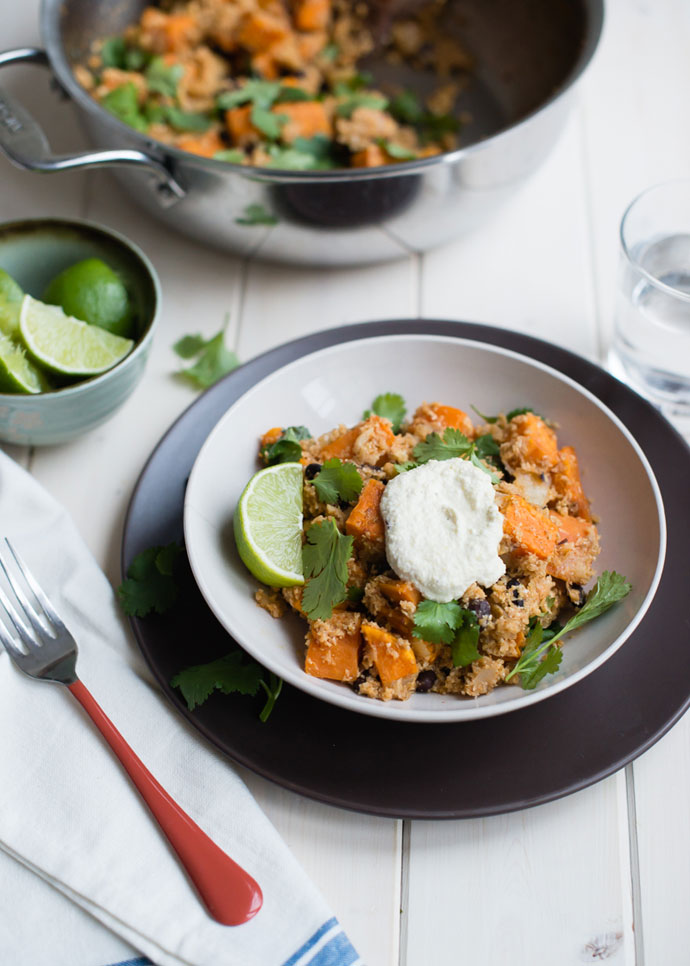
While middle age women are often told to reduce or eliminate carbs to avoid middle age weight gain, it is not necessary. Although some strategies may be helpful for enjoying your carbs with joy. You can eat higher carb meals in the morning or post workout, when insulin sensitivity is highest. You can also make sure to reduce the number of sugar filled carbs, including sugary drinks like alcohol and green juices with no fiber.
Regarding fats, aim to include more monounsaturated and polyunsaturated fats in your diet, and limit saturated fats, which can raise blood lipid levels. Include fats such as nuts, seeds, fish, avocados, olives and olive oils and limit intake of things like butter, red meat and some cheeses.
As women age and lose estrogen, we become more susceptible to heart disease, and we may experience a rise in cholesterol levels. Moderating our dietary intake of saturated fats, adding regular exercise and plenty of fiber can all help in reducing or eliminating worrisome cholesterol levels.
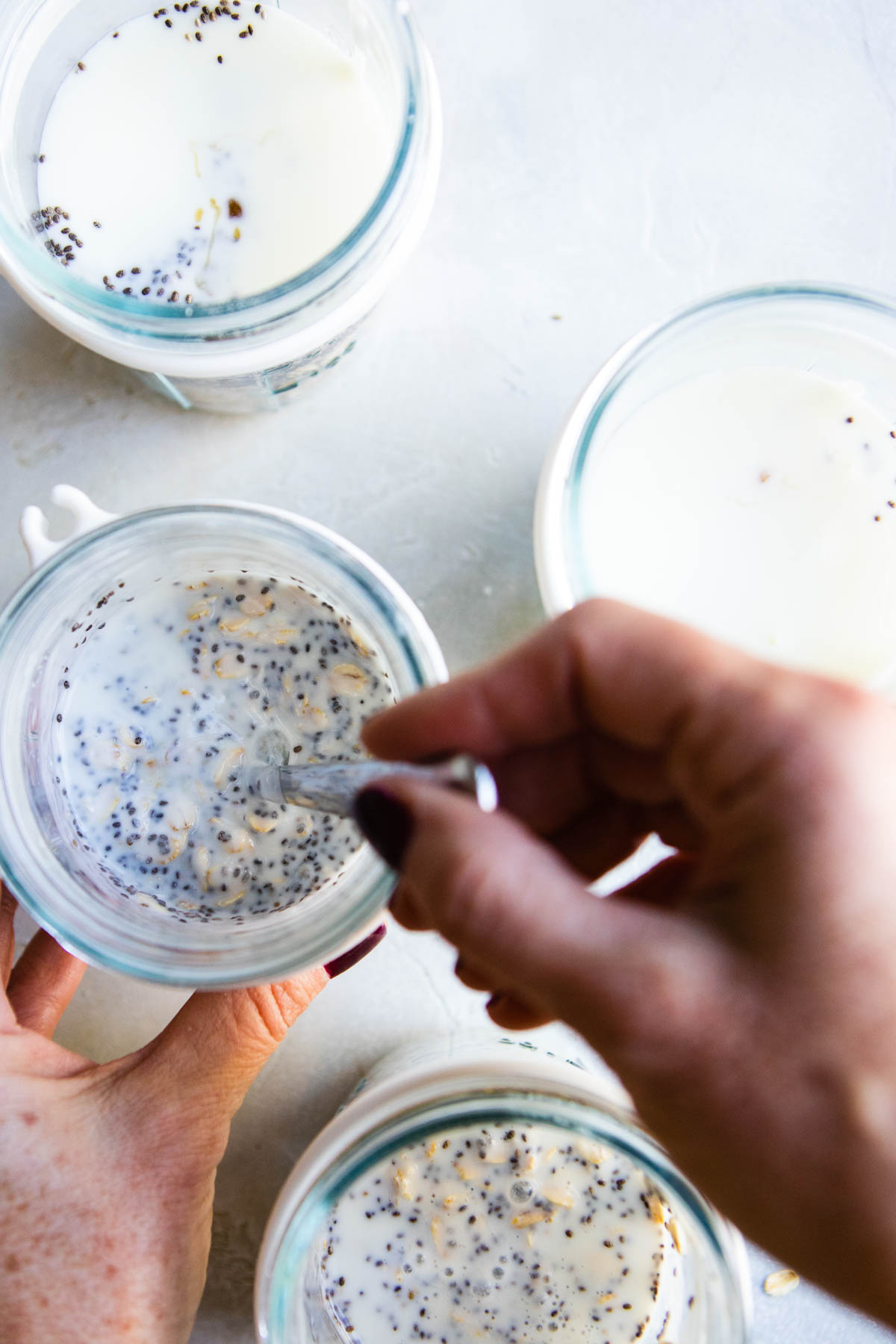
Overall Energy Balance
Knowing your energy needs (i.e., your caloric needs) and how much energy you’re consuming on a daily basis is important if you find yourself regularly gaining weight or want to lose weight.
While there are online calculators that can estimate how many calories you need to maintain your current weight, based on height, weight, age and daily movement, they’re not entirely accurate.
The most realistic and convenient option you can DIY at home is to eat as you normally would for a week without gaining weight, track the foods consumed, and take an average of your daily energy intake. That number of calories are your maintenance calories.
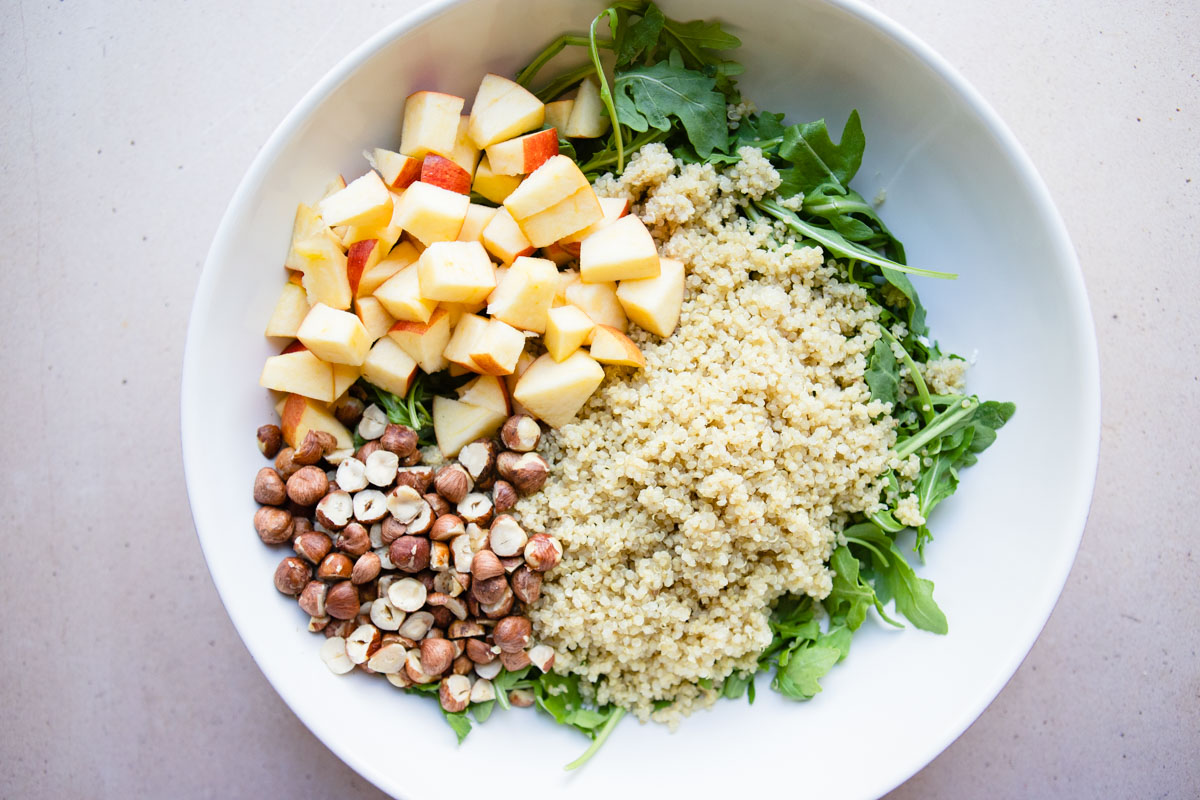
To lose weight
If you would like to lose weight, studies have found the best approach is to adopt a way of eating that best suits your preferences and you can see yourself sustaining. Therefore you can eliminate hardcore crash diets or overly restrictive diets from the equation.
It is also not recommended to aggressively pursue a weight loss goal that you may not be able to maintain for any length of time beyond a couple of weeks. It’s hard and de-motivating to constantly feel hungry and overly-restricted.
On average, it takes a deficit of 3500 calories to lose 1 lb. That’s a 500 calorie deficit every single day seven days a week to lose 1 lb. Realistically, if the average woman is eating 2000 calories a day, it may be manageable to maintain that type of a deficit for a few weeks, but it’s going to get harder and harder. Especially if they’re already eating a somewhat ok-ish diet and/or have a lower amount of weight to lose.
For some reason many ladies feel like a “diet” is only successful if they’re losing 1 lb or more a week. But the key is sustainability and that means rejecting quick fixes.
We want to turn this new way of healthier eating into something permanent. So a deficit of about 200-300 cals a day with expected weight loss of .5 lbs a week is often a more realistic, manageable and sustainable goal.
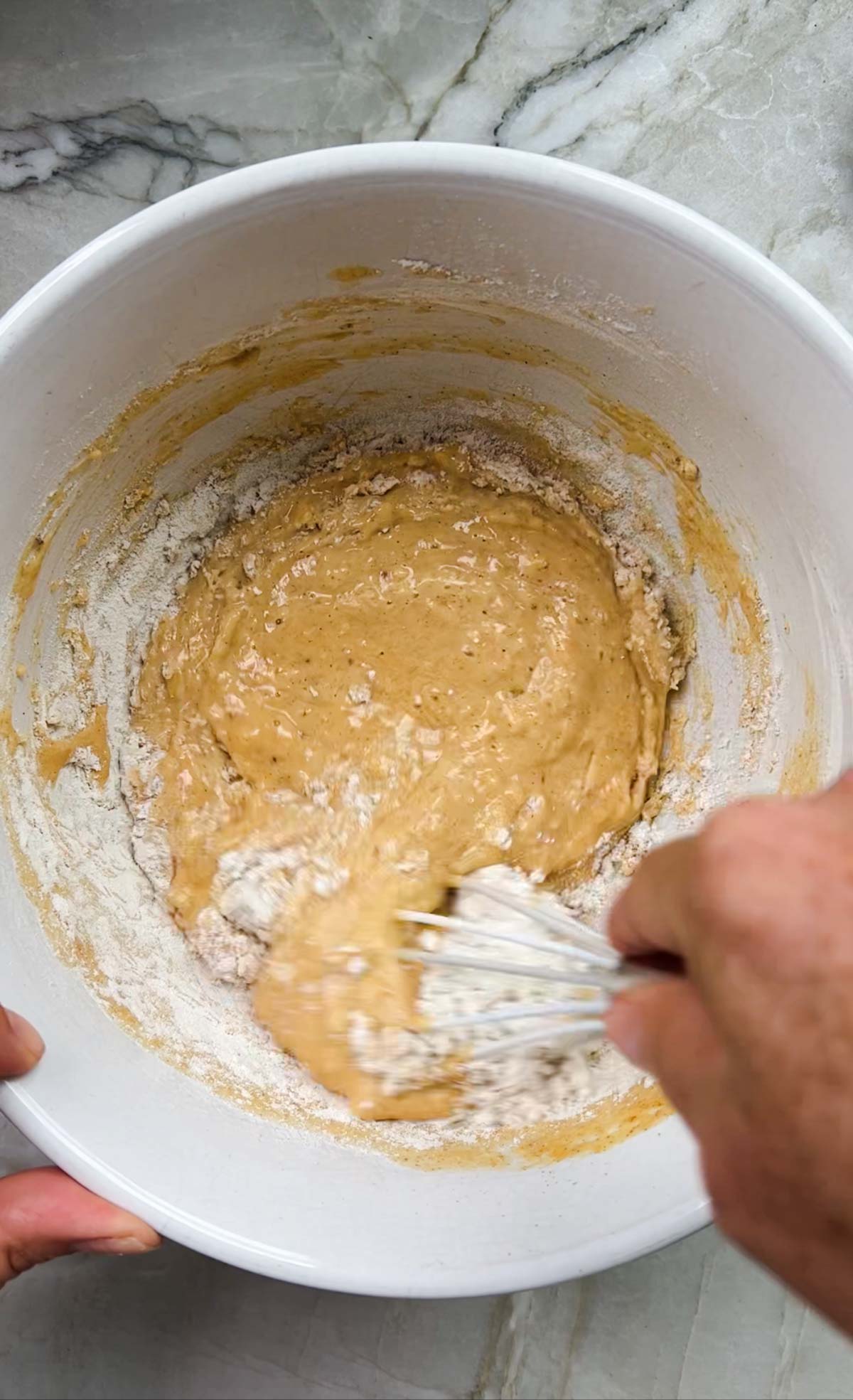
Does our metabolism actually slow down?
Many things affect metabolism, from sex and age, genetics, health conditions and sleep and stress, which can impact the hunger hormones ghrelin and leptin.
But all things being equal, if you’re eating the same as you always have and are suddenly gaining weight in middle age, it is a likely result of the loss of lean muscle mass.
Muscle burns as much as 3 times as many calories as fat just to be functioning tissue. When we lose muscle, our total energy needs decrease. This, along with other factors mentioned above, is essentially our metabolism slowing down.
Protein has the highest thermic effect of the 3 macros, meaning our bodies burn a lot of energy digesting it. So another reason to increase our protein intake as we age. Just increasing our protein intake won’t magically “boost our metabolism” though. In fact no food will.
The best thing we can do to “speed up” our metabolism is to slow down the rate of lean muscle mass loss. That’s a post for another day though.
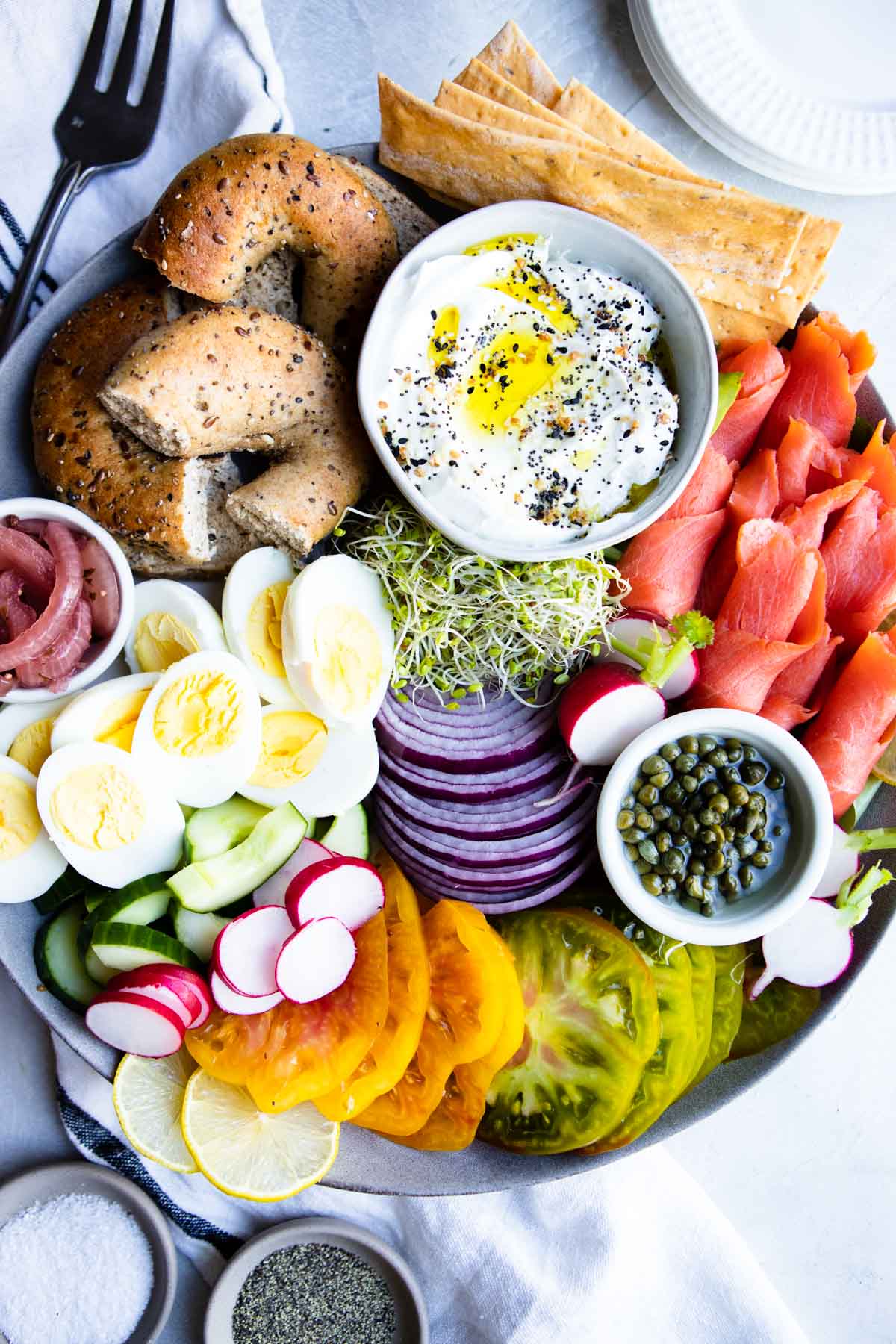
Meal Size and Timing
In general, intermittent fasting is unnecessary, and is as effective for weight loss as traditional calorie deficits. With that being said, it does make good sense to stop eating after dinner, eating dinner at least 2 hours before bed to improve sleep quality.
Many women are under eating throughout the day though, usually breakfast or lunch. By the time late afternoon rolls around, when fatigue sets in and we still have to finish work, drive kids around and make dinner, we are toast. This can lead to mindless snacking before dinner, on top of a big dinner. In all likelihood, afternoon snacking habits would change if you ate a *quality* 500 calorie breakfast & lunch.
Don’t mindlessly skip meals or eat skimpy meals in an effort to control caloric intake. This type of inconsistent eating pattern can lead to feeling under-nourished and eventually overeating, often at night, which is counter-productive. Aim for larger meals in the morning and lunch time, and then a healthy snack if need be, before dinner.
Closing Thoughts
Feeding ourselves well during this transition may take a bit more intention than we are used to, but it is definitely doable! Please don’t lose hope or feel like it’s a lost cause. Now is the time to really take care of ourselves, so that we can live a long, healthy and vibrant life.
One of my favorite quotes from Alan Aragon is “Every meal is a short term investment in how you feel and perform, a midterm investment in how you look, and a long term investment in your freedom from disease.” This is most true now in middle age more than ever.
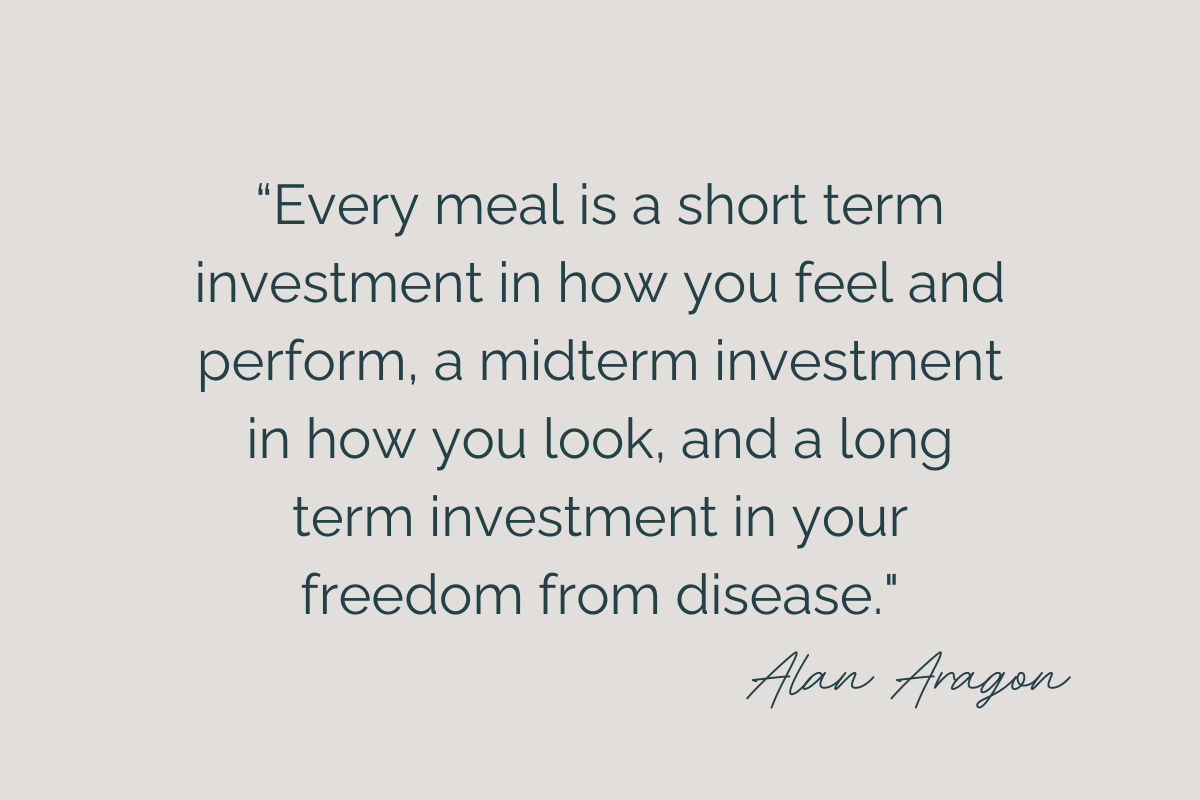
Where to start?
If you’re not sure where to start, I suggest making an appointment to visit your doctor for your annual physical. Get your bloodwork done including blood lipid levels, a metabolic panel and anything else they may suggest. This is often time the reality check some folks need to adopt a new lifestyle.
Beyond that, start by aiming for the good old 80/20 rule. Where 80% of your daily food intake is from whole food sources, and 20% is left for discretionary calories. These are the fun foods that make life enjoyable. If you’re feeling ambitious, you can even go for 90/10.
Also, I didn’t even get into alcohol intake, but it is definitely something to consider, as there’s no better time to reevaluate alcohol intake than during this time. Recommendations vary, so definitely talk about what is right for you and your health needs with your doc.
And needless to say, this is general nutrition advice, so if you need guidance and a more custom plan tailored to your needs, you should seek out the help of a personal nutrition coach like myself (shoot me an email [email protected]), RD or your doctor.
I hope this post was practical and helpful for you. Please leave a comment below if you have any questions.
medical disclaimer
DISCLAIMER: THIS WEBSITE DOES NOT PROVIDE MEDICAL ADVICE
The information, including but not limited to, text, graphics, images and other material contained on this website are for informational purposes only. No material on this site is intended to be a substitute for professional medical advice, diagnosis or treatment. Always seek the advice of your physician or other qualified health care provider with any questions you may have regarding a medical condition or treatment and before undertaking a new health care regimen, and never disregard professional medical advice or delay in seeking it because of something you have read on this website.

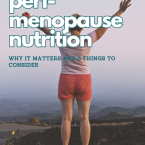
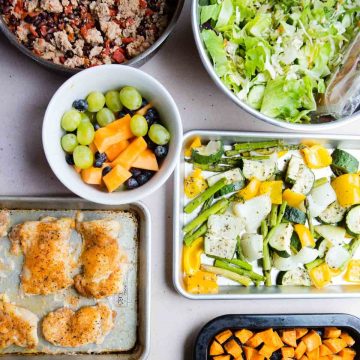
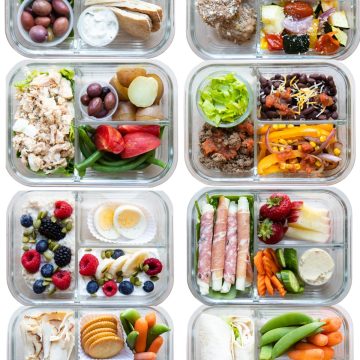
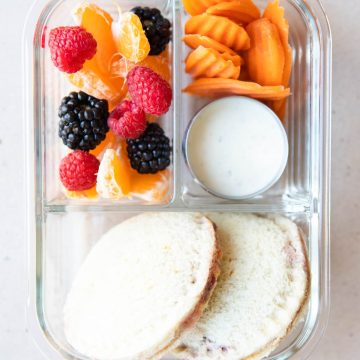
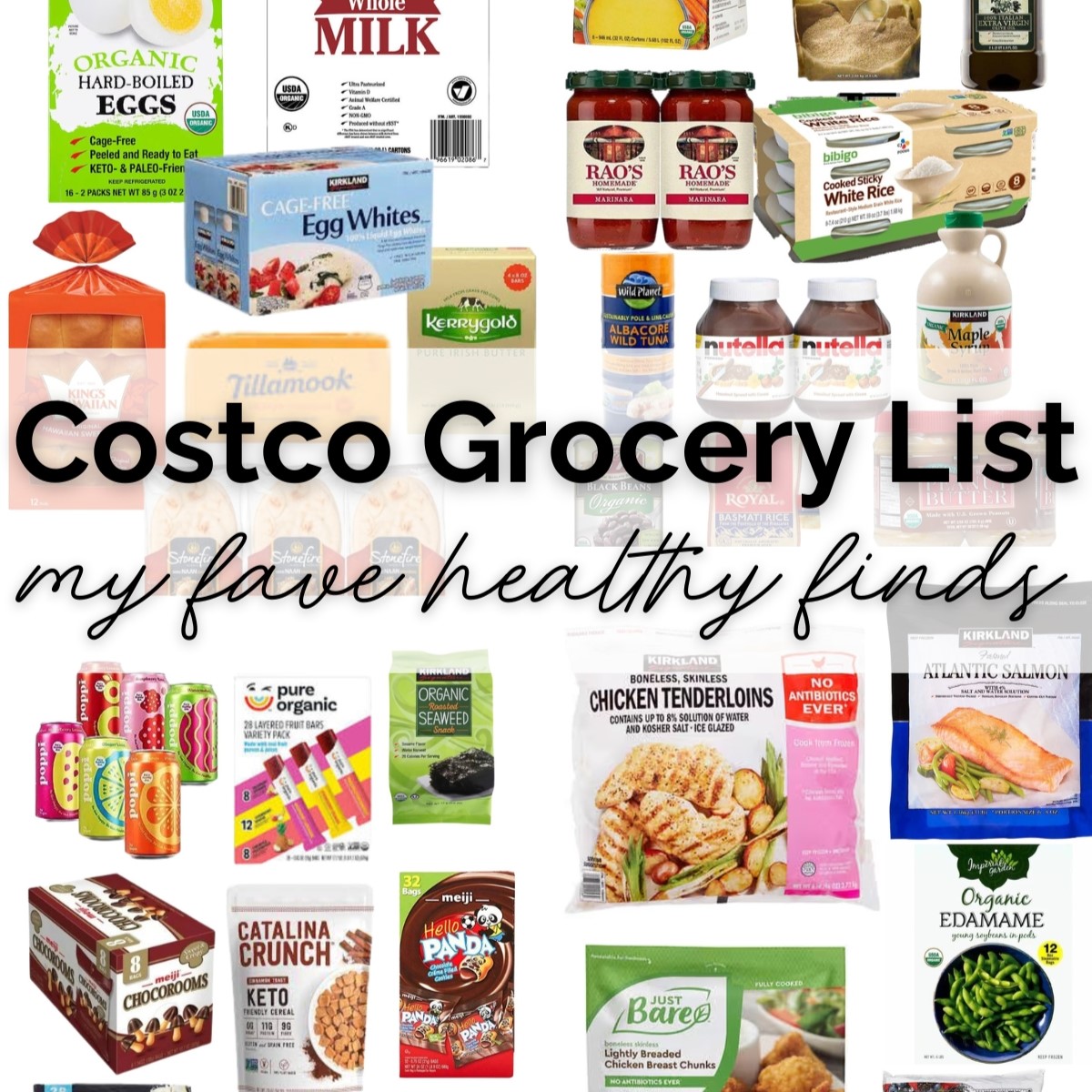
Leave a Comment